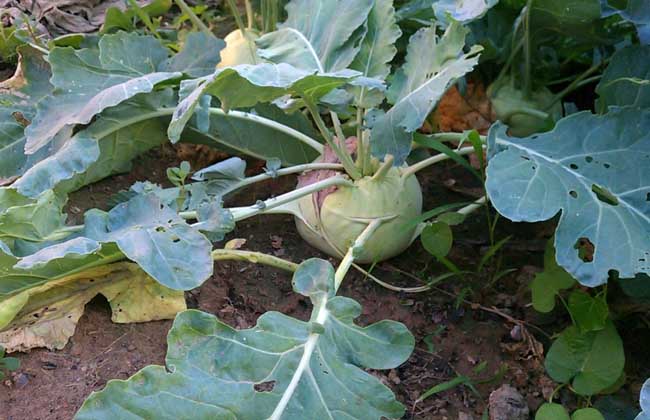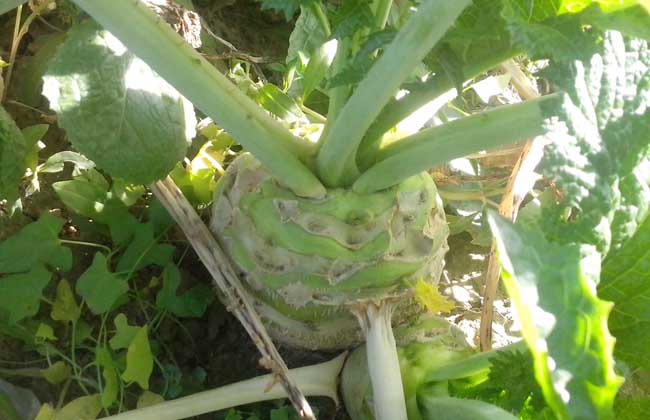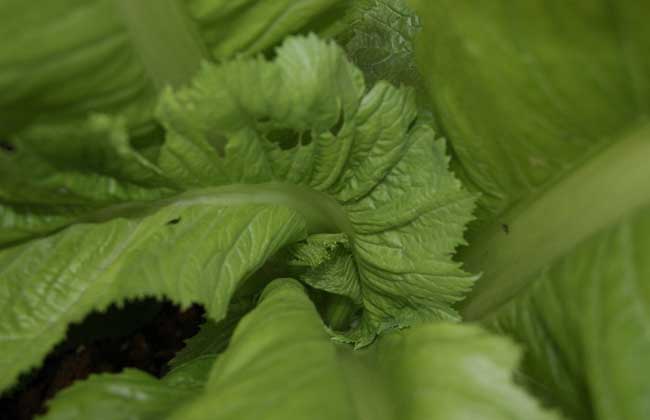Planting technique of mustard pimple

Mustard pimple is a common vegetable cultivated all over the country, which is mainly sown in autumn in the north and south. The Yangtze River valley, southwest and South China are harvested in winter or the next spring, and the north is harvested before frost. Leaf mustard with young plants can be sown in spring or summer in the south, which has high cultivation value. Let's take a look at the planting techniques of mustard pimples.
Growth habits of mustard pimples
The growth period of mustard is generally 50 to 60 days short, cold and humid climate is not resistant to frost and heat, and when it is higher than 25 ℃, the growth is slow and the quality is poor, especially for large breaded mustard varieties, the root of shallow root type crops is poor in resistance to drought and waterlogging, the soil is too warm and dry for growth, the ratio of nitrogen is mainly about 1:1, and calcium and boron are preferred at the same time. If there is insufficient supply, there will be various diseases. The nitrogen needed is better than ordinary nitrogen fertilizer, which can be converted by soil-forming bacteria, such as nitrogen, so as to keep the soil loose and keep the temperature low at the same time.
Seedling raising technique of mustard pimple
1. Seed selection: mustard seeds should be carefully selected first after purchase. In addition to the mixed impurities, full seeds should also be selected. Because mustard seeds are small, they are generally selected by washing, that is, seeds are immersed in water and constantly stirred. Blighted seeds and sundries are fished out, and those who dive into the water are full seeds.
2. Sun seed disinfection: mustard seeds are spread out and exposed immediately after being selected by water, so as to reduce the water content in the body and turn them from time to time, so that all seeds can be evenly baptized by sunlight, promote their internal material transformation, and end dormancy. Increase the germination rate, and the emergence is more consistent. Soak the seeds with disinfection fungicides such as multi-bacteria for 5 minutes for 10 minutes and stir them continuously to let the seeds come into full contact with the solution to kill all the germs.
4. Soaking seeds to promote sprouting: sufficient water absorption of mustard seeds is beneficial to seed internal material transformation and seed coat softening to sprouting. As for soaking in wet water for 3-4 hours, comprehensive foliar fertilizer can be added to allow it to absorb. In order to increase nutrition, increase budding rate and facilitate strong seedlings. The germination of seeds should have temperature in addition to air and moisture, so the seeds after soaking should be soaked to 25: 30 ℃ and the environment to ensure early germination and neat and uniform germination, so as to promote the management of seedling stage.
Planting techniques of mustard pimples
1. Planting techniques: mustard pimples have a wide range of adaptation to the soil, but in order to obtain high yield, mustard should choose sandy loam as rice before, apply sufficient base fertilizer, drill holes and plant in two rows, and the plant spacing is 40 cm ~ 50 cm. The late-maturing varieties should be thinned properly. Mustard root slowly, transplant as much as possible to take soil and avoid root injury, and make the root into the soil does not bend, in order to improve the survival rate.
2. Rational fertilization: mustard usually emerges 3-4 days after autumn sowing and 6-15 days after spring sowing. When mustard seedlings had two true leaves, the first topdressing was carried out with 0.3% urea solution of 1000 kg per mu, and the second topdressing was carried out 7-10 days before harvest.
3. Watering and weeding: mustard seeds are small and easy to be affected by soil moisture, so pay attention to watering and moisturizing before emergence, and the watering time is suitable in the morning and evening. It is necessary to grasp the principles of light watering and diligent watering, and should not be watered thoroughly at once. Mustard plants are short and usually sown. Weeds mixed with mustard are difficult to weed and labor-consuming. Weeds should be pulled out in combination with harvesting.
4. pest control: few infectious diseases of mustard are mainly manifested in virus diseases on leaf mustard, which are mostly spread by aphids in the hot and dry seedling stage and the early growth stage after planting, and are thoroughly prevented and sprayed every 7-10 days at the same time. It is also useful to keep the soil moist and reduce the climate, in addition to aphids and yellow fleas, mainly harmful to mustard roots and spraying phoxim and other pesticides.
5. Timely harvest: mustard is harvested in stages, each harvest should be large and small, leaving plants should be uniform and appropriate. After sowing shepherd's purse in early autumn, 10-13 true leaves were harvested, harvested 30-35 days after sowing, and then harvested 4-5 times by stages, ending in late March of the following year, with a total yield of 2500-3000 kg per mu. Autumn shepherd's purse sown in early October takes 45 to 60 days to start harvesting. Shepherd's purse sown in late February was harvested and listed in early April. Spring sowing is generally harvested twice, and the yield per mu is about 1000 kg.
Related
- A course of planting techniques and methods on how to grow carrots
- How to plant the latest tulips?
- Is it better to pick tea in the morning or in the afternoon? When is the best time for tea to be picked? what is the third or fifth tea?
- Launch Yuanxiao Happy combination Haocha + Tea Yuan healthy Taste
- Penghu Tourism "Fireworks 20 Parade with You"
- 2022 West Lake Happiness holds "Digital Revitalization Voucher" and draws iphone13 and laptop.
- Banqiao Fuzhou social houses are designed to change start-up combined with police elimination to create a safe and livable environment
- The convenient measure of "mechanical weeding" in Xinbei has been abused and the Agriculture Bureau has imposed heavy penalties on the illegal land consolidation.
- Changgeng University Joins Hands with Four Memory Factories to Rescue Memory Talent Shortage
- The list of Taiwan's top 100 MVP managers is listed by the Director-General of the Farmers' Association of Sanxia District.



